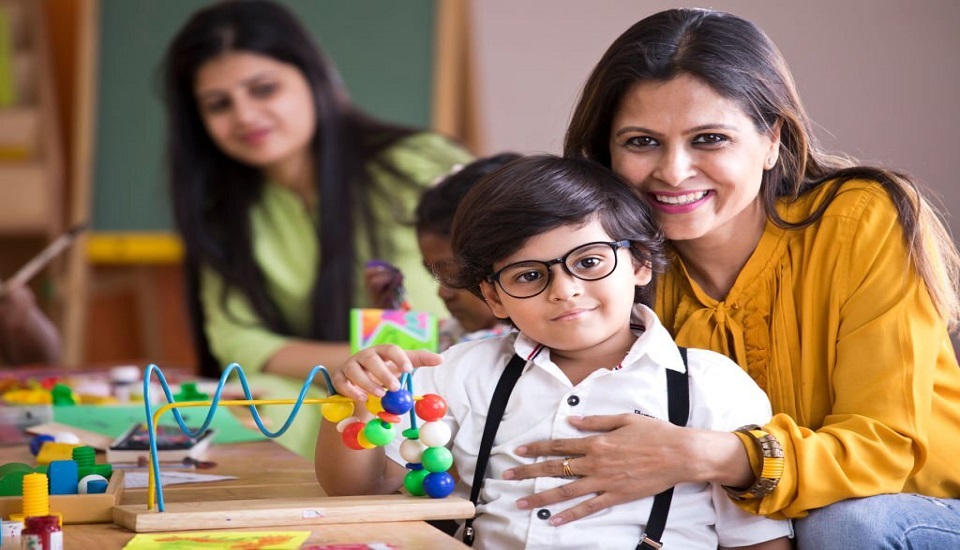The pandemic has not only hit the economic status of every affected country but has created a strong impact on the mental health of everyone. It has been a severe adverse effect on kids especially when schools were being closed for an uncertain period. Pandemic pods evolved during this period and micro-schools as well. Educational administration and management courses have nicely explained what pods and micro-schools are and how they have helped kids to cope with this lockdown phase to some extent.
POD TEACHER MEANING:
Let’s understand first what a pandemic pod is. When schools were closed and kids started experiencing a new scenario drastically, parents started looking for better solutions. Pod refers to a group of people who are having a good amount of contact with many people but only a limited number of people outside the group. This is mainly done to avoid spreading diseases.
As a result of this, pods were created during the pandemic to teach school kids and pod learning platforms have done a remarkable job. A pandemic pod consists of 3-10 students and they were being taught by a teacher or parents at home. The teacher who teaches this small group of students is known as a pod teacher. This was an excellent step towards child care and also a brilliant remote learning approach.
Learning pods in the pandemic have given lots of benefits to homeschooling families. Students' learning experience is also a new one. Los Angeles and San Francisco have brought educational institutions at home using this pod teaching method. In fact, pod teachers are expert enough to educate special education children.
MICRO-SCHOOLS:
Unlike pod teaching, micro-schools are small schools having 10-100 schools and these are private schools. The educational leadership of a micro-school has shown a heroic movement during the pandemic. The motto of these schools is to never keep children deprived of a school environment during the pandemic. Proper safety measures are adopted in micro-schools so as to check the outspread of covid-19 among kids and thereby, other people.
The teacher of micro-school works to customize the curriculum for each student, often utilizing digital, hands-on, project-based methods.
POD VS MICRO-SCHOOL:
This particular topic has been a massive issue throughout and has become more distinct during the pandemic. Well, each of these is having its own advantages and disadvantages but let me clear some facts before we reach a concrete conclusion.
Talking about micro-schools, these are the advantages:
- Children are having a safe place, under the supervision of an adult, to go to school. Health and safety protocols are always followed.
- Most micro-schools are open to students in grades Kindergarten through 12th grade. This means that all children can attend the same school.
- Generally, micro-schools are open 7 days a week, and hence families are doing their chores at flexibility as school time work around their busy lives.
- Parents choose the curriculum that best suits their children.
Well, there are demerits of micro-schools as well:
- These are not as cost-effective as public schools.
- No transportation is provided by micro-schools.
- They may not be available in rural or remote areas.
- Choosing the right curriculum can be overwhelming.
- Need state research regulation and state approval.
Pods, on the other hand, are having an equal number of pros and cons like micro-schools. The following are the merits of pods.
- This facilitates a flexible time schedule of learning.
- In the case of pods, neighbors are helping neighbors to organize this system.
- The short-term or long-term solution.
- Children can study together.
- No need to travel to any school.
- It is cost-effective as it requires paying the pod teacher only.
- Safe learning environment.
And now let’s keep an eye on the disadvantages of pods:
- Parents feel insecure often as qualified teachers and facilitate learning.
- Organizing a pod in rural areas is difficult due to a lack of awareness.
- Choosing the right curriculum can be overwhelming.
- Need to research state home school regulations.
So, here we have explained the pros and cons of both pods and micro-schools. Educational administration and management courses have carefully and explicitly explained the necessity of both of these educational approaches. But if you’re a qualified teacher and want to teach students online, check it out!
Technically speaking, micro-schooling is a private school where the academic environment is very formal and involves lesser but regular tuition fees. Whereas, pods provide a homely ambiance and kids do not have to travel to an academic institution. Pod learning platforms reduce the need to travel but then again, it has been seen, often, that parents do not consider themselves perfect teachers given that they do not have much time to invest.
Written By : Shivangi Chakraborty


